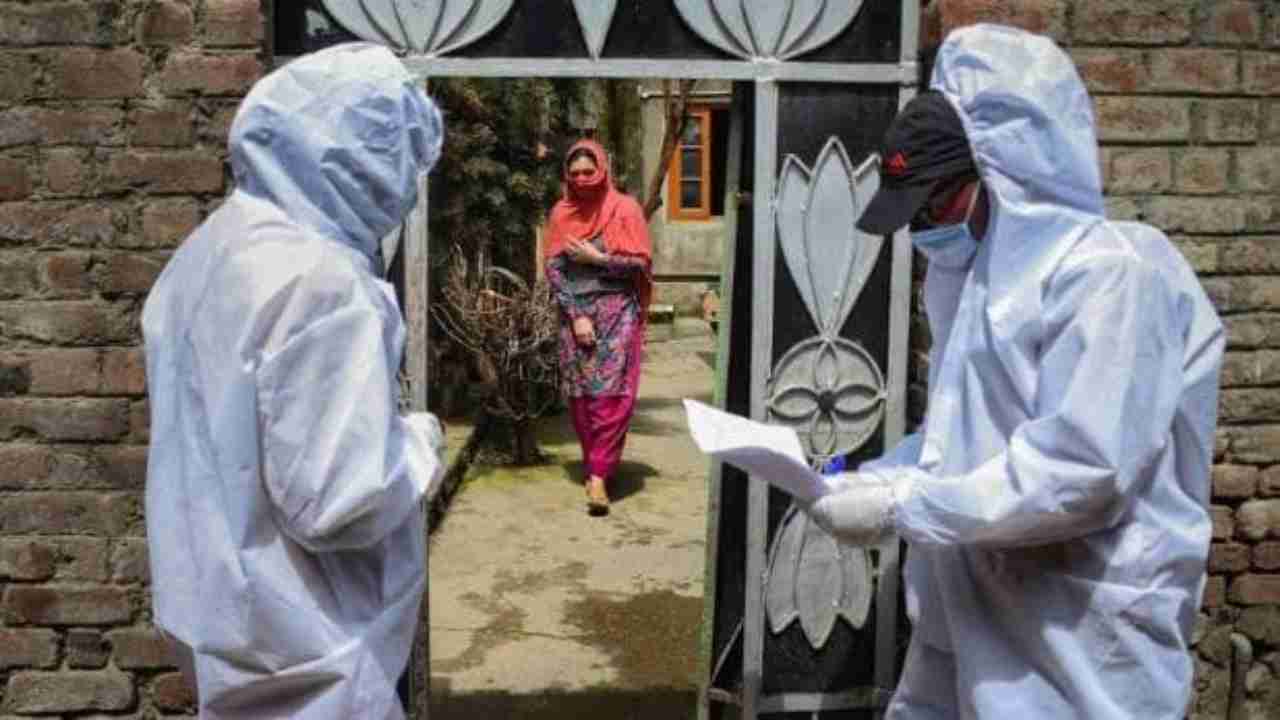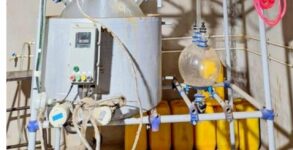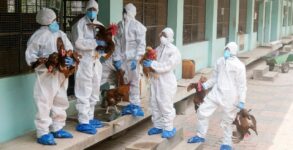According to a medical survey it is found that nearly 7,000 people in Mumbai has found that one in six or about 16 per cent of residents in the city had contracted the coronavirus. In slum areas, where lakhs of people live in cramped spaces usually sharing toilets, the number was a whopping 57 per cent.
The serological surveillance study used random sampling in the first two weeks of this month.
In sero studies, doctors test the blood of a section of the general population to check the presence of anti-bodies to any disease.
It is stated that the antibodies develop only when the person had contracted the disease in the past. It not only indicates how far among the general population the disease has spread, but whether the people are moving towards herd immunity.
India’s financial and film capital, Mumbai has now recorded over 1 lakh cases – over 7 per cent of the country’s tally – with more than 6,000 deaths attributed to the coronavirus.
The city is home to around 1.2 crore people, of which some 65 per cent live in slums. A further 60 lakh people are estimated to live in peripheral districts.
The study was conducted jointly by the NITI Aayog, the Municipal Corporation of Greater Mumbai and the Tata Institute of Fundamental Research. Samples were collected from volunteers in three municipal wards. The survey found the prevalence of coronavirus anti-bodies marginally higher in women.
The study found that a large number of infected people were asymptomatic and points to a fatality rate as low as 0.05 to 0.10 per cent.
Last week, a sero-prevalence study in Delhi found that 23.48 per cent of the people were affected by COVID-19 in the city. The survey also indicated that a large number of infected persons remained asymptomatic, increasing the chances of the spread.


















